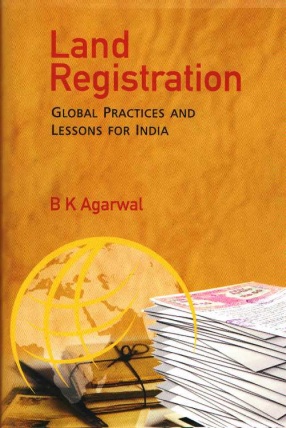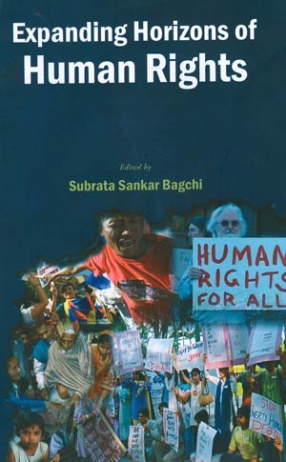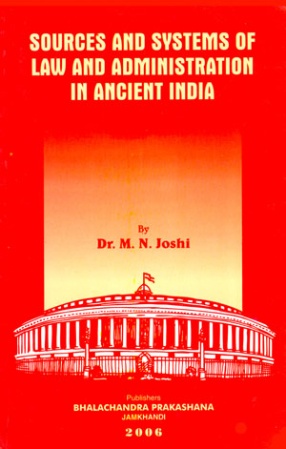Land Registration: Global Practices And Lessons for India
As per an estimate, a third of cases pending in Indian courts involve dispute over property. Some experts have the view that India should switch over from deed registration system to title registration system to solve the problem of ever increasing land disputes. The Department of Land Resources, Government of India, also subscribed to this view and listed ‘moving eventually towards guaranteed conclusive titles to immovable properties in the country’ as one of the objectives of the National Land Records Modernization Program (NLRMP) launched in 2008. In spite of this policy, not much headway was made by the states in this direction. Experience has shown that unless there is substantial research to support such a drastic change in the registration system practiced in India, states would not go for it. This book, authored by a senior Indian Administrative Service officer having extensive first-hand knowledge of land administration, fills the existing gap of research in the field of land registration and maintenance of title records in India.
Contents: 1. A Comparative analysis of land registration system of Germany, UK, Australia, USA, France, and the Netherlands, the first three having title registration systems and the other three practicing deed registrations system. 2. Analysis of replicability of each of these systems in the Indian context. 3. Comparative analysis of laws regarding maintenance of land title records in four Indian states viz. Maharashtra, Karnataka, Punjab and West Bengal, covering each of the four regions of the country. 4. The author’s evidence-based recommen-dations on reforms required in the Indian land registration system. This book is a must-read for practitioners of law relating to land and property, and for policy makers looking at land-record reform as part of larger economic reforms. Law students aiming to understand the Indian land registration system, and how land registration is done around the world, will also benefit greatly from this work.
Get it now and save 10%
BECOME A MEMBER







Bibliographic information